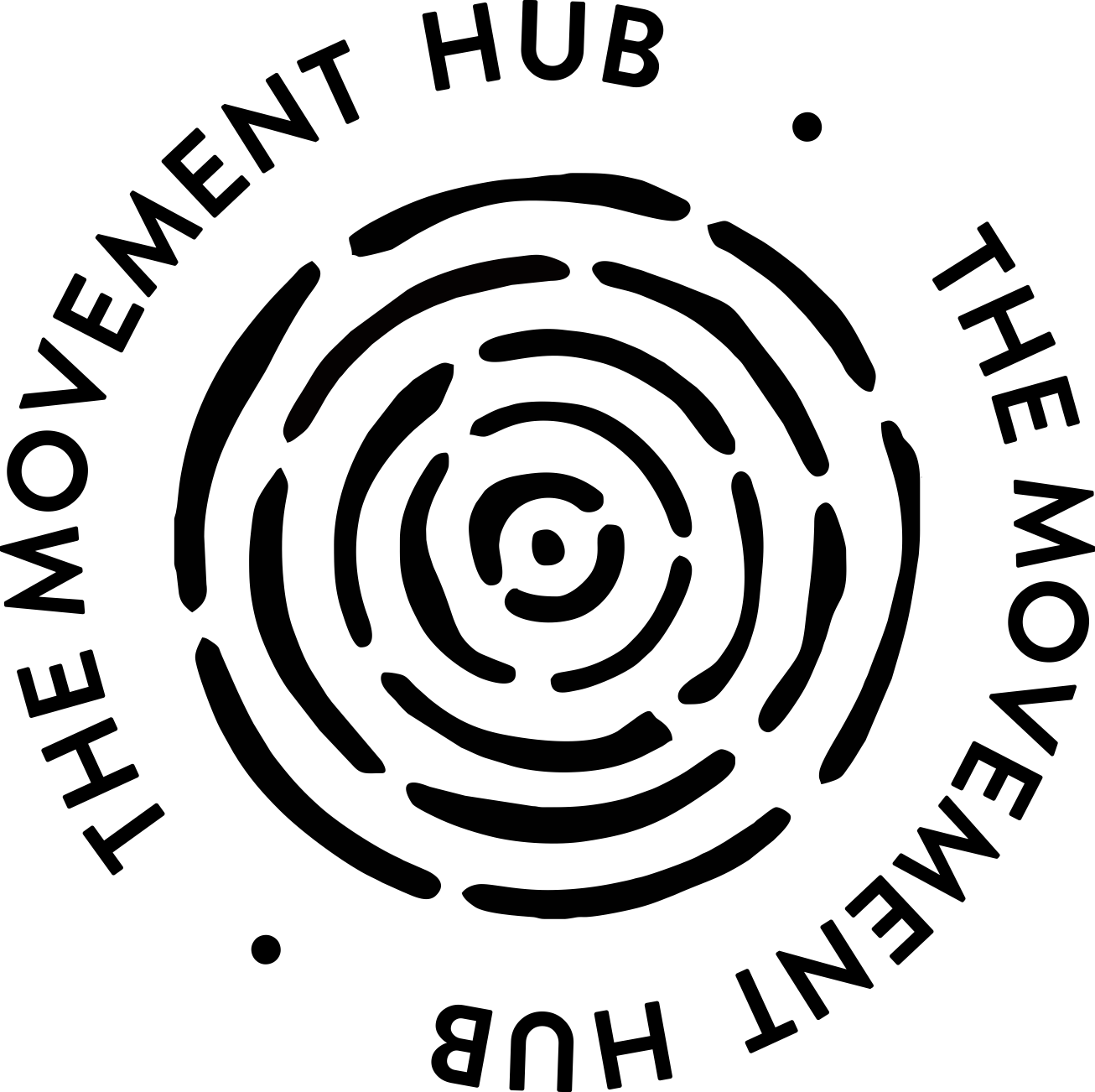
CREATIVE LIBERTY
When creating spoof ads, messing with company logos or showing up at events to which you were not invited, there is a possibility of legal consequences. Bear this in mind before you make your intervention public and ideally consult with a lawyer. A big company will not be happy if you change their logo or spoil their events to turn against them. There have been cases where activists or organizations have been charged for doing so, but in many of them they were acquitted. Freedom of expression and the right to protest still hold strong in many countries and they are part of what we are trying to defend with our work!
Companies live by their brand name and the story they tell to their customers. Politicians build a story around their campaign about who they are and what they stand for. How much truth is in these stories? How many facts have been intentionally hidden or left out of them? The more these stories are told, the more valuable are they to the company or politician which makes them even more vulnerable to hacking.
Greenwashing, pinkwashing, cover-ups and blatant lies are becoming more and more common in our media landscape. We can uncover these untold truths by tapping into the very same stories of companies and politicians, and by intervening in events or campaigns organized by them, just by adding to them the missing elements that tell the whole story and not just what they want us to see. This way, we will hold them responsible to live as they learn.
- Reframe the story. What are the facts that are missing from the original story? Who are the actors who are not represented in it? How can the story be interpreted under a different perspective? Gather all these elements and create a counter story to the one being told. Alternatively, you can focus on just one important aspect instead of all and make it the center of your counter narrative.
- Choose your opportunity for intervention. Your target will certainly offer you plenty! It can be a speech, a conference, a publicity stunt or other important events. Do your research (for example through the company’s website, Facebook or the media, general or specialized) and find out when these events are scheduled and where. You can spoil their party by showing up there with a banner or the main message of a speech can be altered by posing burning questions.
- Hack their ad campaigns. Turn around the slogan or text that the ad is based on and make it fit the story you want to tell. For this you will need a creative mind to craft a counter message and someone with graphic design skills to turn it into an spoof-ad similar to that of your target. Make it obvious to the viewer that its a parody, the absurdity of the campaign is enough to get their attention and legally it is more protected.
- Make it funny. People respond to humor and the absurdity of the situation is something you can play on. Irony can also be a powerful tool when turning around a story and pointing at half-truths and hidden or distorted facts and those responsible for circulating them.
- Use the media. The media like stories with a plot twist. This can be extremely useful when hacking an event and you steal your target’s chance to publicity. Bear in mind though, that all too often traditional media can ignore what we feel is important, so make sure you have alternative ways of making your story known.
- Select your medium. A social media campaign, when organized well, can bring lots of attention to your story. You can also consider more traditional ways of communication, like posters in central areas or in a specific area that is negatively affected by your target. Spread the story far and wide.
- Target specific audiences. Apart from the general public, you can consider addressing audiences with a specific interest or strong ties with your target. These can be the shareholders of a company or the voters of a politician. It might be difficult to change the shareholders behavior, but at least you are making sure they and the public know what they are really investing in.





